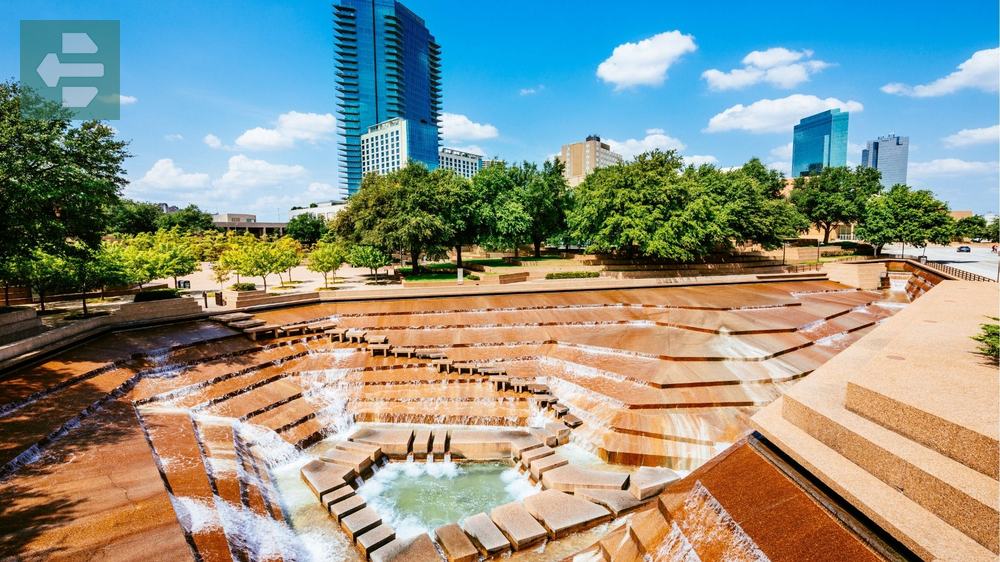Texas offers everything from vibrant cities to vast wilderness areas. The best places to visit in Texas include Austin's live music scene, San Antonio's historic missions, Houston's space center, and Big Bend's desert landscapes. Other standout destinations are Dallas, Galveston's beaches, and South Padre Island.
Keep reading as we explore the best places to visit in Texas that showcase the state's diverse culture, natural beauty, and unforgettable experiences.
List of Contents
- 1. Austin: Live Music Capital of the World
- 2. San Antonio: Where History Lives
- 3. Houston: Space City and Culinary Capital
- 4. Big Bend National Park: Desert Solitude
- 5. Dallas: Modern Metroplex
- 6. Fort Worth: Cowtown Culture
- 7. Galveston: Victorian Seaside Charm
- 8. South Padre Island: Coastal Paradise
- 9. Fredericksburg: German Hill Country
- 10. El Paso: Border City Culture
- 11. Amarillo: Panhandle Gateway
- 12. Corpus Christi: Coastal Adventure
- Ready for Your Texas Adventure
1. Austin: Live Music Capital of the World
Austin pulses with live music every night of the week. More than 250 venues host performances across all genres, from intimate coffee shops to massive outdoor amphitheaters.
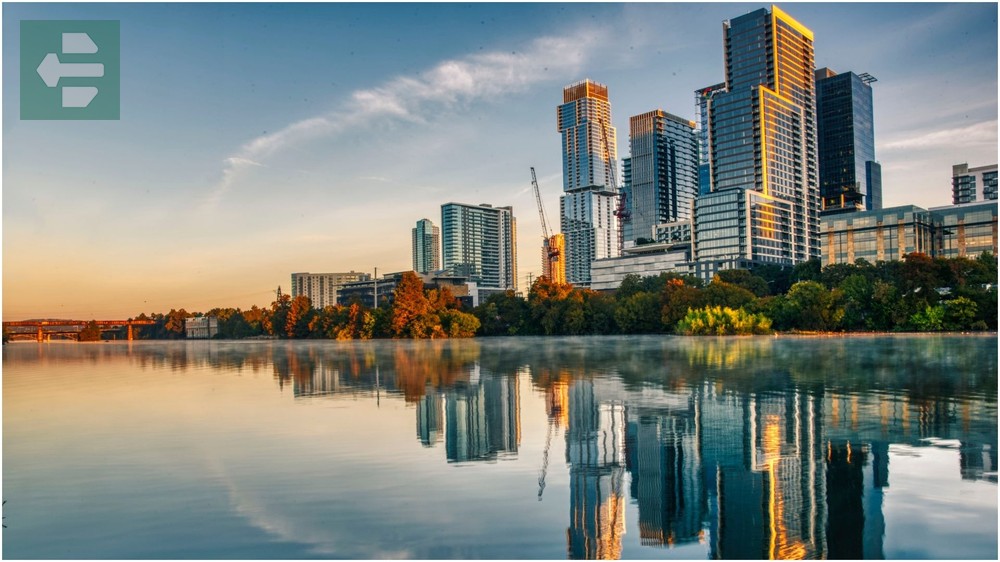
The city's food truck scene rivals its music reputation. Over 1,000 mobile vendors serve everything from Korean BBQ tacos to artisanal ice cream.
South by Southwest transforms Austin each March, but the music never stops. Locals know that Tuesday nights often feature the best emerging artists testing new material.
Quick Facts:
- Peak Season: March-May, September-November
- How to Get There: Austin-Bergstrom International Airport, I-35 corridor
- Entrance Fees: Most venues $5-30
- Suggested Stay: 3-4 days
- Key Areas: Downtown, South Austin, East Austin, Rainey Street
2. San Antonio: Where History Lives
San Antonio's River Walk winds through the heart of downtown, connecting five historic missions that date to the 1700s. The Alamo stands as the most famous, but Mission San José offers better preserved architecture and fewer crowds.
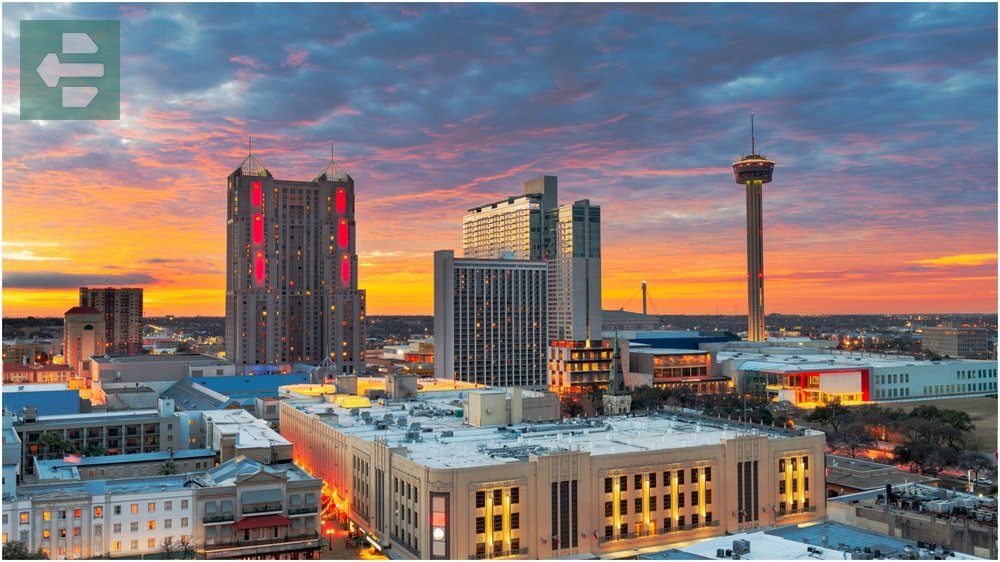
Local tip: Visit the missions early morning when golden light hits the limestone walls and tour groups haven't arrived yet.
The city's Mexican heritage shows in every neighborhood. Market Square hosts the largest Mexican market in the United States, with vendors selling handcrafted goods and authentic street food.
Quick Facts:
- Peak Season: October-April
- How to Get There: San Antonio International Airport, I-10/I-35 intersection
- Entrance Fees: River Walk free, missions $7
- Suggested Stay: 2-3 days
- Key Areas: River Walk, Southtown, Pearl District, Historic Market Square
3. Houston: Space City and Culinary Capital
Houston's Space Center houses the largest collection of moon rocks and spacecraft on Earth. The mission control center still operates from the same room that guided Apollo 11 to the moon.
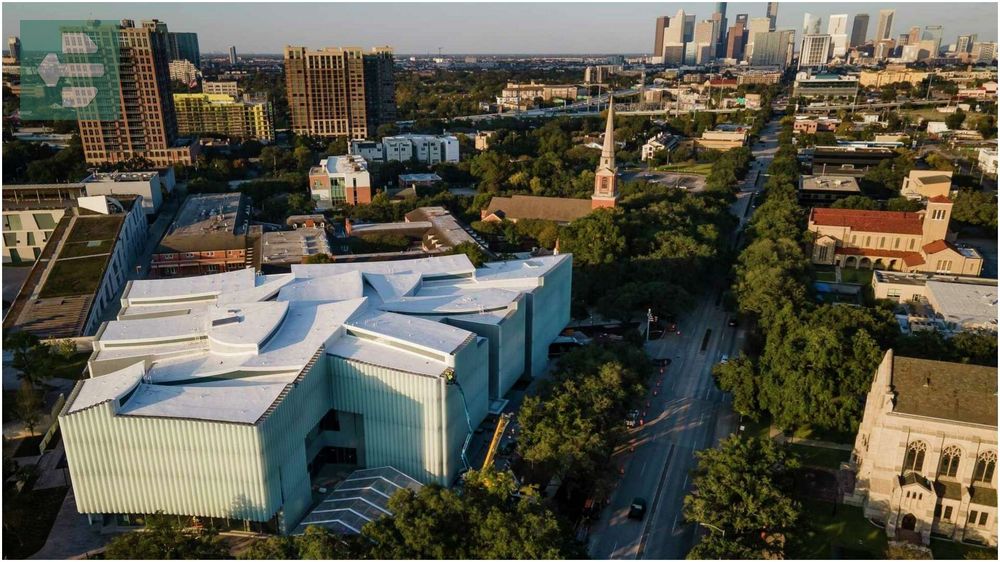
The city leads America in restaurant diversity. More than 10,000 dining establishments represent cuisines from 70 countries, with some of the best Vietnamese food outside of Vietnam found in the Bellaire Boulevard corridor.
Houston's museum district contains 19 world-class institutions within walking distance of each other, making it one of the largest cultural centers in America.
Quick Facts:
- Peak Season: October-March
- How to Get There: George Bush Intercontinental Airport, extensive freeway system
- Entrance Fees: Space Center $30, most museums $15-25
- Suggested Stay: 3-4 days
- Key Areas: Downtown, Museum District, Montrose, Heights
4. Big Bend National Park: Desert Solitude
Big Bend covers 1,200 square miles of Chihuahuan Desert along the Rio Grande. The park receives less than half the visitors of popular parks, making it perfect for those seeking genuine wilderness.

Night skies here rank among the darkest in the lower 48 states. On clear nights, you can see the Milky Way's spiral arms and satellites crossing overhead.
I remember camping at Chisos Basin in November, waking to find javelinas snuffling around my tent at dawn. The desert comes alive when most people sleep.
Quick Facts:
- Peak Season: October-April
- How to Get There: 3-hour drive from nearest major city
- Entrance Fees: $30 per vehicle
- Suggested Stay: 3-5 days
- Key Areas: Chisos Mountains, Rio Grande Village, Castolon, Santa Elena Canyon
5. Dallas: Modern Metroplex
Dallas skyline pierces the Texas prairie with glass and steel towers that reflect the state's oil wealth. The city rebuilt itself after President Kennedy's assassination, creating one of America's most modern downtown cores.
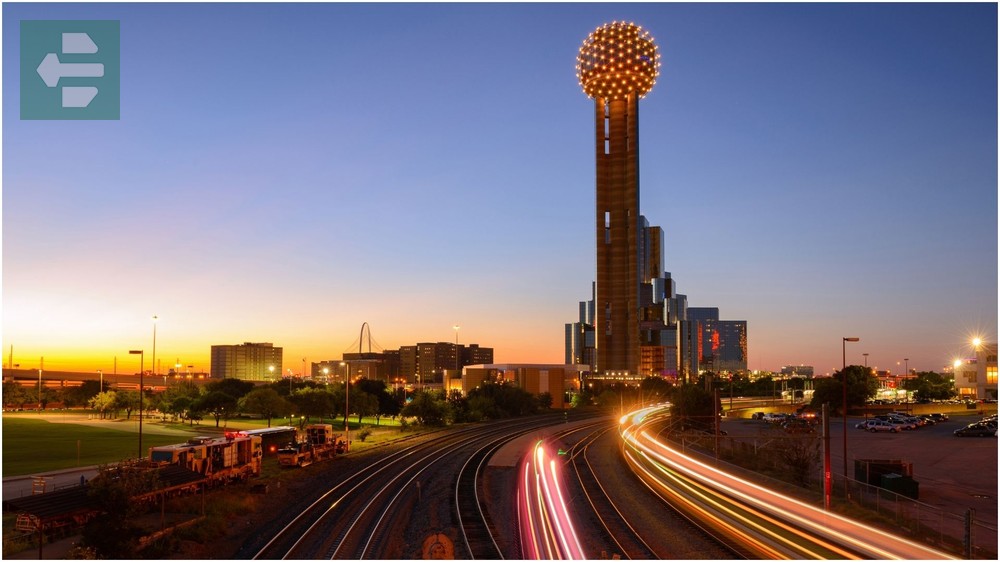
Deep Ellum neighborhood pulses with street art, craft breweries, and live music venues. Local artists cover building walls with murals that change seasonally, making each visit reveal new discoveries.
The Dallas Arts District spans 68 acres, making it the largest contiguous arts district in the nation.
Quick Facts:
- Peak Season: March-May, September-November
- How to Get There: Dallas/Fort Worth International Airport, DART rail system
- Entrance Fees: Most attractions $15-25
- Suggested Stay: 2-3 days
- Key Areas: Downtown, Deep Ellum, Bishop Arts District, Uptown
6. Fort Worth: Cowtown Culture
Fort Worth's Stockyards district preserves authentic Old West atmosphere with twice-daily cattle drives down Exchange Avenue. Real cowboys move Texas longhorns through the historic streets, just as their predecessors did 150 years ago.

The city houses the world's finest collection of Western art at multiple museums within walking distance of each other.
Billy Bob's Texas bills itself as the world's largest honky-tonk, spanning three acres under one roof with room for 6,000 dancers and live bull riding every weekend.
Quick Facts:
- Peak Season: September-November, March-May
- How to Get There: DFW Airport, Trinity Metro bus system
- Entrance Fees: Stockyards free, museums $12-20
- Suggested Stay: 2 days
- Key Areas: Stockyards, Cultural District, Sundance Square, Near Southside
7. Galveston: Victorian Seaside Charm
Galveston Island stretches 32 miles along the Gulf Coast, offering beaches, Victorian architecture, and maritime history. The Strand Historic District contains one of the largest concentrations of Victorian buildings in America.

The island's position made it Texas's main port until the 1900 hurricane destroyed much of the city. Survivors rebuilt with raised foundations and a massive seawall that still protects residents today.
Local shrimpers dock their boats each afternoon around 4 PM at the harbor. Buy fresh shrimp directly from the boats for half the restaurant price.
Quick Facts:
- Peak Season: March-May, September-October
- How to Get There: 1-hour drive from Houston, Galveston Island Ferry
- Entrance Fees: Beach access free, attractions $8-15
- Suggested Stay: 2-3 days
- Key Areas: Historic Strand, East Beach, Pleasure Pier, Port of Galveston
8. South Padre Island: Coastal Paradise
South Padre Island's 34 miles of beaches attract both spring breakers and nature lovers. The island's northern end remains undeveloped, providing nesting grounds for endangered sea turtles.
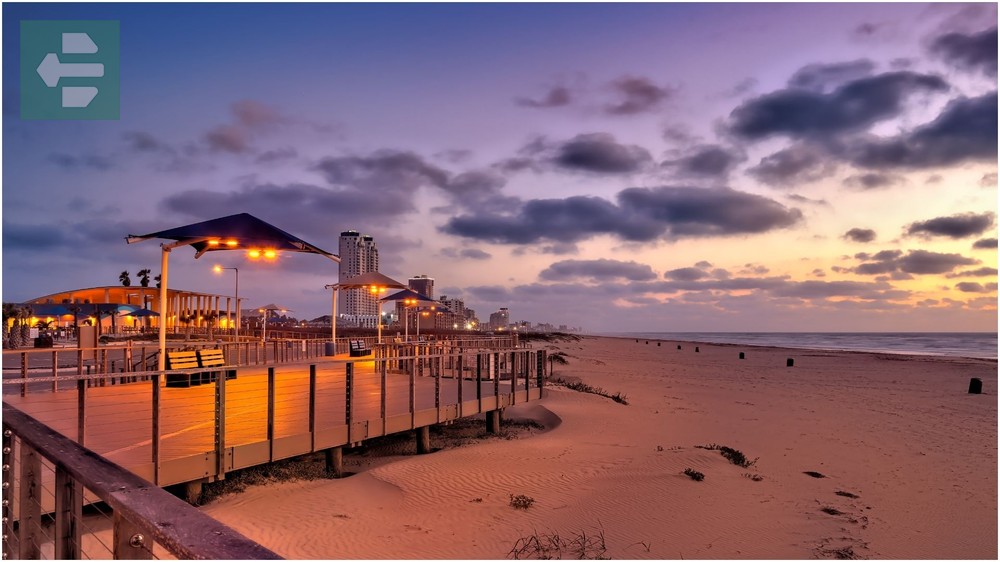
Windsurfing conditions here rank among America's best, with consistent coastal breezes and shallow lagoon waters perfect for beginners.
During my last visit in April, I watched sunrise from the beach while dolphins fed just beyond the breakers. The island offers moments of pure tranquility despite its party reputation.
Quick Facts:
- Peak Season: March-August
- How to Get There: Fly to Brownsville, drive across causeway
- Entrance Fees: Beach access free, activities $20-50
- Suggested Stay: 3-4 days
- Key Areas: North Padre Island, Laguna Madre Bay, Convention Centre, Beach Access
9. Fredericksburg: German Hill Country
Fredericksburg sits in the heart of Texas Hill Country, where German immigrants settled in the 1840s. Main Street still features original limestone buildings housing wineries, biergartens, and German bakeries.

The town anchors Texas wine country with more than 50 wineries within 25 miles. Local vintners produce surprisingly good wines from grapes that thrive in the limestone soil.
Peach season in June transforms the surrounding countryside into blooming orchards. Roadside stands sell tree-ripened fruit that never makes it to grocery stores.
Quick Facts:
- Peak Season: April-May, September-October
- How to Get There: 1.5-hour drive from Austin or San Antonio
- Entrance Fees: Most attractions $5-15
- Suggested Stay: 2 days
- Key Areas: Main Street, Enchanted Rock State Park, Wine Road 290
10. El Paso: Border City Culture
El Paso sprawls across the Rio Grande valley where Texas, New Mexico, and Mexico meet. The city's Mexican influence shows in everything from architecture to cuisine, creating an authentic border culture found nowhere else.

Franklin Mountains State Park surrounds the city with 26,627 acres of Chihuahuan Desert landscape. Hiking trails lead to overlooks offering views into three states and two countries.
Juárez sits directly across the border, making El Paso one of the largest binational metropolitan areas in North America.
Quick Facts:
- Peak Season: October-April
- How to Get There: El Paso International Airport, I-10 corridor
- Entrance Fees: Most attractions $5-12
- Suggested Stay: 2 days
- Key Areas: Downtown, Sunset Heights, Westside, Franklin Mountains
11. Amarillo: Panhandle Gateway
Amarillo sits on the high plains where cattle outnumber people and the horizon stretches endlessly. The city serves as gateway to Palo Duro Canyon, America's second-largest canyon system.

Route 66 runs straight through downtown Amarillo, and the famous Cadillac Ranch art installation sits just outside town. Ten Cadillacs buried nose-down in a wheat field create one of America's most photographed roadside attractions.
The Texas Panhandle produces more beef than any other region, making Amarillo's steakhouses legendary among carnivores.
Quick Facts:
- Peak Season: April-June, September-October
- How to Get There: Rick Husband Amarillo International Airport, I-40 corridor
- Entrance Fees: Most attractions free-$10
- Suggested Stay: 2 days
- Key Areas: Downtown, Palo Duro Canyon, Historic Route 66, Cadillac Ranch
12. Corpus Christi: Coastal Adventure
Corpus Christi Bay provides year-round sailing, fishing, and water sports opportunities. The Texas State Aquarium showcases Gulf Coast marine life, while the USS Lexington museum ship offers World War II naval history.

The city's beaches extend for miles in both directions, with Mustang Island and Padre Island offering different experiences from developed resort areas to primitive camping.
Birders flock here during migration seasons when hundreds of species funnel through the coastal bend region.
Quick Facts:
- Peak Season: March-May, September-November
- How to Get There: Corpus Christi International Airport, Highway 37
- Entrance Fees: Beach access free, attractions $15-25
- Suggested Stay: 2-3 days
- Key Areas: Downtown Bayfront, North Beach, Mustang Island, Padre Island National Seashore
Ready for Your Texas Adventure
Texas rewards travelers who venture beyond the obvious destinations. Each region offers distinct experiences, from desert solitude in Big Bend to urban sophistication in Dallas.
The best places to visit in Texas combine natural beauty with authentic culture. Whether you choose Austin's music scene or Galveston's Victorian charm, the Lone Star State delivers memories that last lifetimes.
Pack light, drive far, and prepare for discoveries that will bring you back to Texas again and again.
